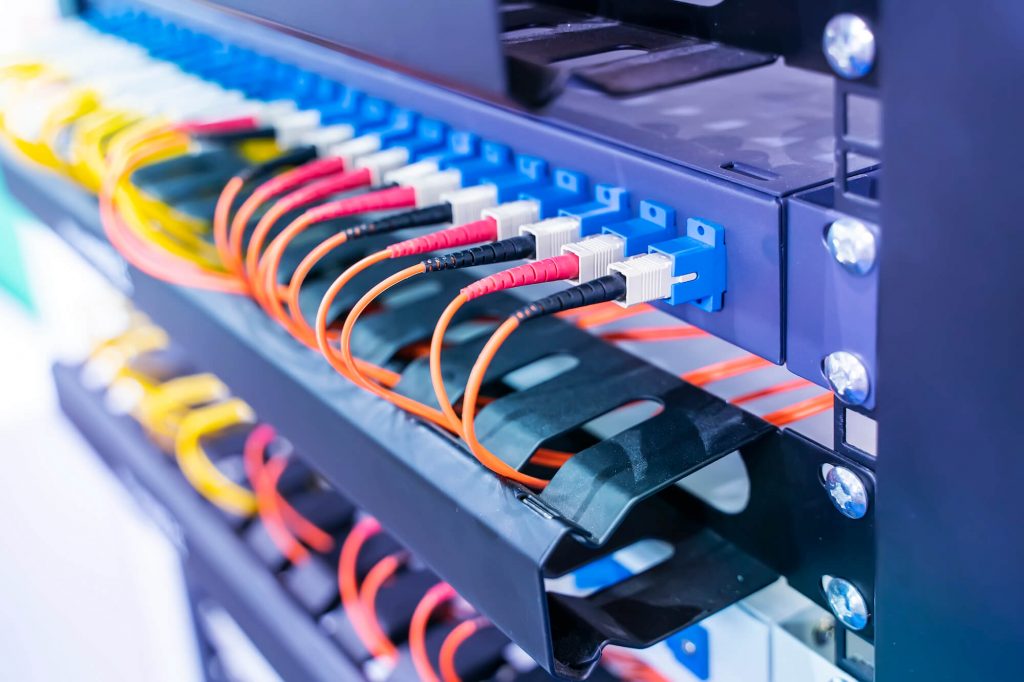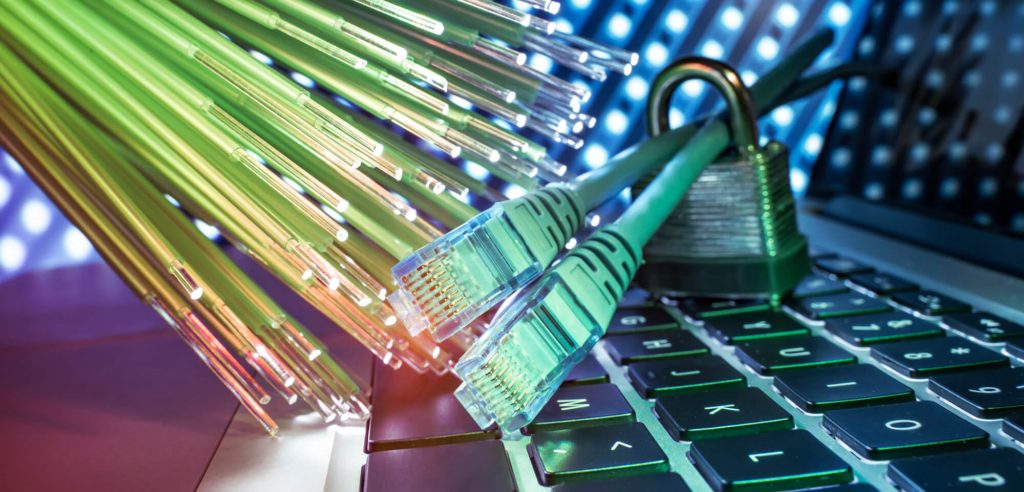Fiber Optic Networks: Safe and Resilient Solutions
Today’s fiber optic network must be secure and focused on resilience. Optimal network strength and security are essential to ensure a continuous connection and prevent failures that can have serious consequences. Here’s a closer look at network resilience and fiber optic security.

Network resilience is essential in telecommunications
Resilience is defined as a system’s ability to continue operating despite external disruptions or even failures. Resilience is essential in telecommunication networks to ensure that the system keeps functioning even in the event of a major incident.
Strengthening the ability of telecommunication networks to withstand crises is a critical issue. Indeed, a network connection failure can have serious consequences for a company. Without internet access, applications become unusable and data inaccessible. To prevent this, it is recommended to opt for redundant network connectivity.
Would you like more information about our solutions and services?
Feel free to contact us online in just a few clicks.
The importance of redundancy in looped backbone infrastructures
An interruption of internet access can have serious consequences for a company. This is why it is recommended to work with redundant network connectivity. With such a setup, you benefit from two separate connections. In the event of an internet outage from one infrastructure provider due to a failure, network traffic is automatically handled by the second connection. This redundancy provides companies with the assurance of continuous internet connectivity.
Underground and fully owned network
Currently, only half of the fiber optic network deployed in France is underground. The other half—around 500,000 km—consists of overhead fiber optic lines, which are therefore more vulnerable.
Current failure risks with overhead fiber optic networks
There are three main types of failure risks associated with telecommunication networks in France.
The first are climate-related risks. For example, storms and strong winds can tear down lines or cause trees to fall onto them. Heatwaves and extreme temperatures also pose a fire risk for aerial lines and an overheating risk for data centers. In winter, the weight of accumulated snow endangers overhead fiber cables.
After climate-related risks come intentional damage and vandalism. Finally, construction or installation defects rank as the third main cause of network failures.
Why choose a fully owned underground network?
Burying fiber optic cables is the safest solution. Underground fiber is unaffected by heat, frost, or wind. It is estimated that buried networks are ten times more reliable than overhead fiber. By operating its own underground fiber network, a provider ensures the reliability of its infrastructure and can therefore guarantee service quality and security for its clients.

WAN and LAN — what’s the difference?
LAN and WAN refer to two very different types of networks.
LAN
LAN, short for Local Area Network, refers to a local computer network. “Local” means a network capable of covering a building or a factory. A LAN connects computers and peripherals either through a private Wi-Fi network or via Ethernet, using physical cables.
WAN
WAN stands for Wide Area Network and refers to a larger computer network. A WAN covers wide geographical areas, such as a city, a region, or even the entire world. The Internet is the most well-known and widely used WAN in existence. A WAN operates using network nodes, switches, and routers that ensure data is transmitted to the correct destination. Companies that use a WAN do so to connect remote sites in a secure and private manner. This allows employees to share data and access online applications as if they were working on the same site.
Also read: Why host your data in France?
Why trust Nexloop?
Nexloop’s network engineering is designed to meet businesses’ needs for service quality and security.
Network security
Nexloop’s modern and differentiated network is designed to meet your security needs. This essential service, highly sought after by French operators, is also provided to the corporate clients of those operators. To ensure security, our fiber optic cables are routed along distinct paths to prevent potential attacks. For secure data transmission, choose Nexloop.
The best of fiber optics
Nexloop operates a next-generation fiber optic network. As the most recent entrant to the French market, the company benefits from an ultra-modern network spanning over 17,000 km, set to reach 31,000 km by 2025. Already, 3,900 km of fiber optic cables are installed in the Île-de-France region, 1,000 km in Lyon and Aix-Marseille, and 1,300 km in Lille. This nationwide network is combined with a robust local infrastructure. Today, more than 1,600 municipalities are already covered. This extensive network provides access to state-of-the-art infrastructure, featuring high-quality, easily lit cables that ensure smoother data transmission.



